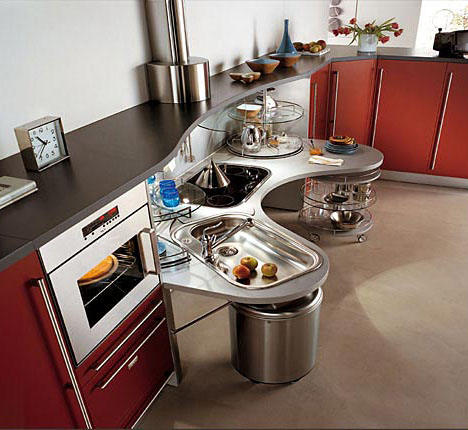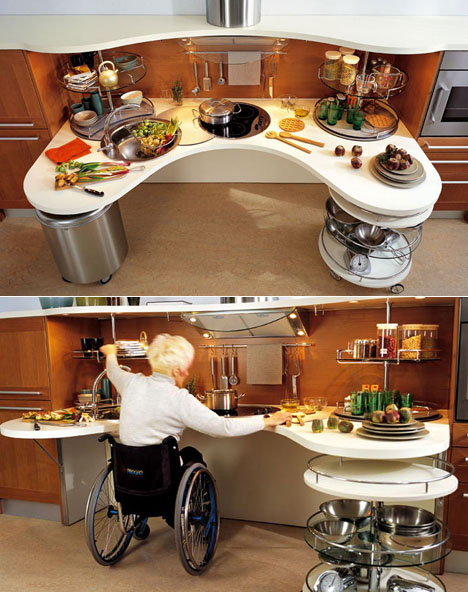 A modular toolbelt cut down on the Nurses need to practice hand hygiene by making her tools more accessible but it nevertheless made her movement more restricted. Images and Article by Rachel Lehrer
A modular toolbelt cut down on the Nurses need to practice hand hygiene by making her tools more accessible but it nevertheless made her movement more restricted. Images and Article by Rachel Lehrer
The best part of any design process is seeing your ideas touch the real world. Prototypes bring queries and hypothesis to life. They show things that in retrospect seem obvious but in prospect are entirely unexpected. After 7 months spent researching hand hygiene compliance in a hospital, I was finally able to walk through the rotating doors and unveil a design under the expectant gaze of the nurse who was going to experience it all day.
My past life as a dancer has made my design process movement-driven. In health care, this translates to a focus on understanding the physical roadblocks to peak performance. I'm a physical therapist for environments; our bodies are our inescapable collaborators. Through enactments, observing the subtle nuances of movement and through physically knowing the process of "hardwiring" movement rituals, I've been able to look at physical behaviors and spatial intention from the strategic vantage point of the body.
In my previous article on hand hygiene, I established a series of movement lenses for increasing hand hygiene compliance in a hospital—movement scripts, muscle memory, environmental ergonomics. Now the resulting hypotheses have been tested. Each intervention utilizes my movement driven perspective but also challenges the institutional reliance on quantitative proof and bottom-line driven decisions that make experimenting and designing in a hospital almost ironic. In a place that relies on proven discrete solutions, the messiness, questioning and experimentation of a design process must win its right to be there. It's an understatement to say that a design practice—always questioning the real culprit, always probing, always wondering if there might be a better way—makes the hospital status quo nervous.
PROVOKING AND INSCRIBING
You can't change someone's behavior before you understand it and so I began my research phase by observing the nurses, whose behavior I hoped to change, and the Infection Prevention and Control staff, who wanted me to change the behavior. At a well-attended meeting with leaders from multiple departments, I presented a provocation. I wanted those who control the dialogue and data around hand hygiene to feel what consistent hand hygiene compliance was like.
For 4 hours on a cold day, the Infection Prevention and Control staff practiced hand hygiene every 6 minutes and hated every second of it. Nurses, though, have to practice hand hygiene, on average, every 6 minutes for their entire 12 hour shifts. I was looking to increase empathy, to get the rule makers to understand what following the rules feels like. The value of this type of intervention is not in increasing compliance numbers or in spurring the drafting of a new mission statement but in re-inscribing the problem on the stressed bodies of those that oversee compliance. In a bottom line driven atmosphere, it is important to remind those at desks that hundreds of unique human factors are involved in increasing compliance. It is a complex problem that can't be resolved by adding more signs that simply restate the goal in bigger type. Before the hospital gets clean hands, it must get its own dirty (and dry and itchy) too.







 Monica Khemsurov, co-Editor of Sight Unseen
Monica Khemsurov, co-Editor of Sight Unseen
















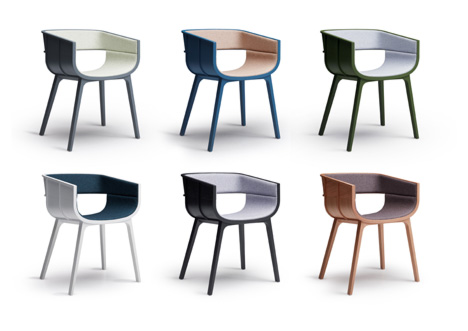


 Pebble is a fully customizable e-paper watch that interacts with your smartphone.
Pebble is a fully customizable e-paper watch that interacts with your smartphone.

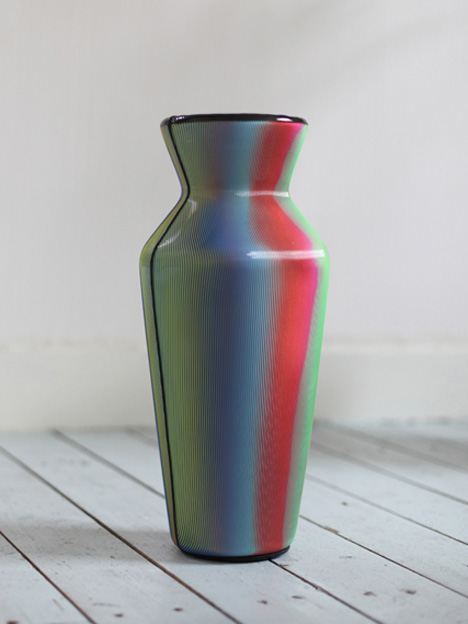







 Minimalist design in a high-tech kitchen.
Minimalist design in a high-tech kitchen.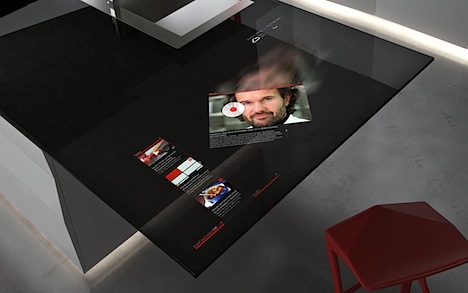 Interactive workbench with Internet connection and touch-screen technology by Samsung Electronics
Interactive workbench with Internet connection and touch-screen technology by Samsung Electronics The Keyano repurposes a keyboard into a musical instrument.
The Keyano repurposes a keyboard into a musical instrument.



